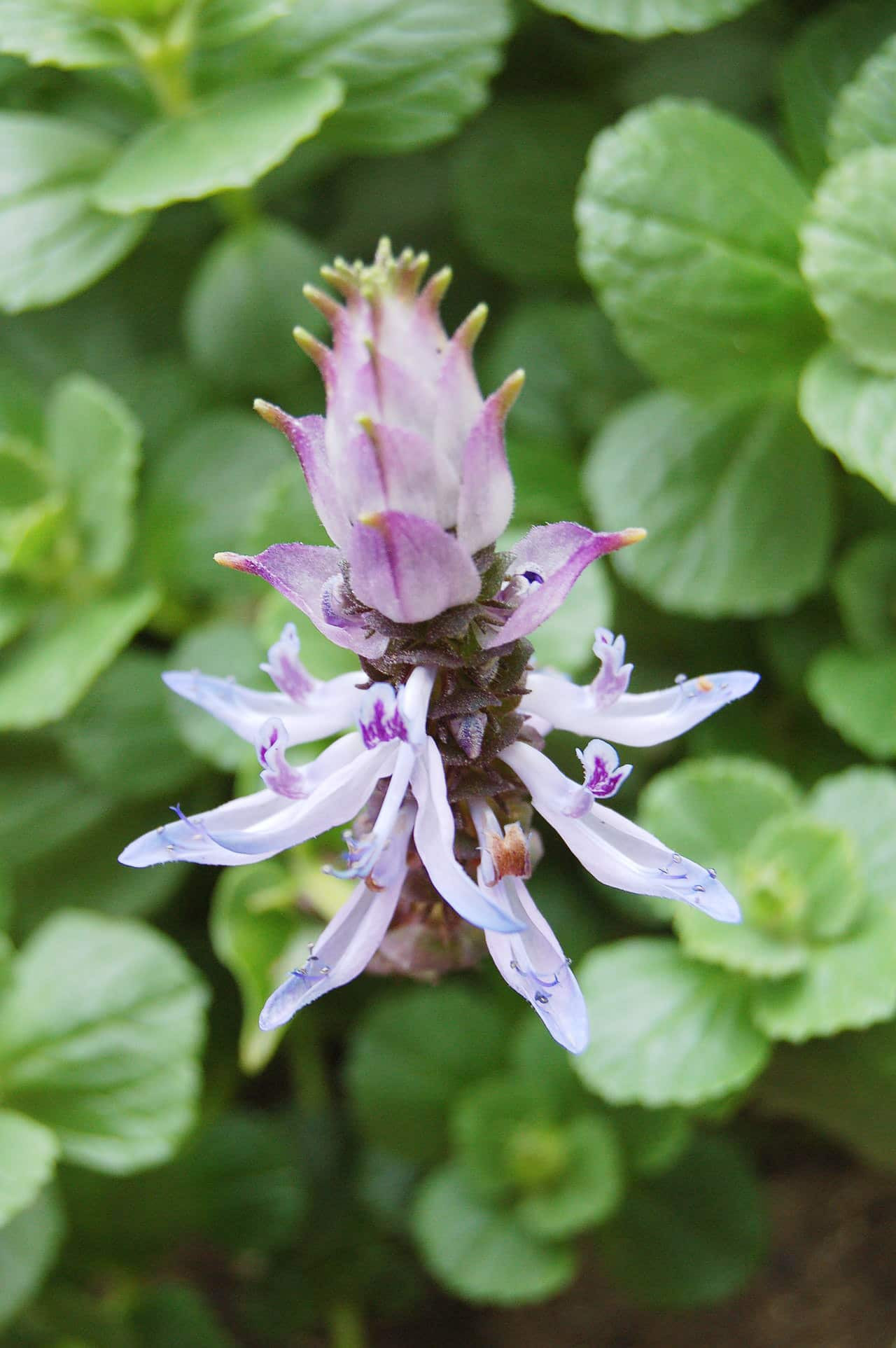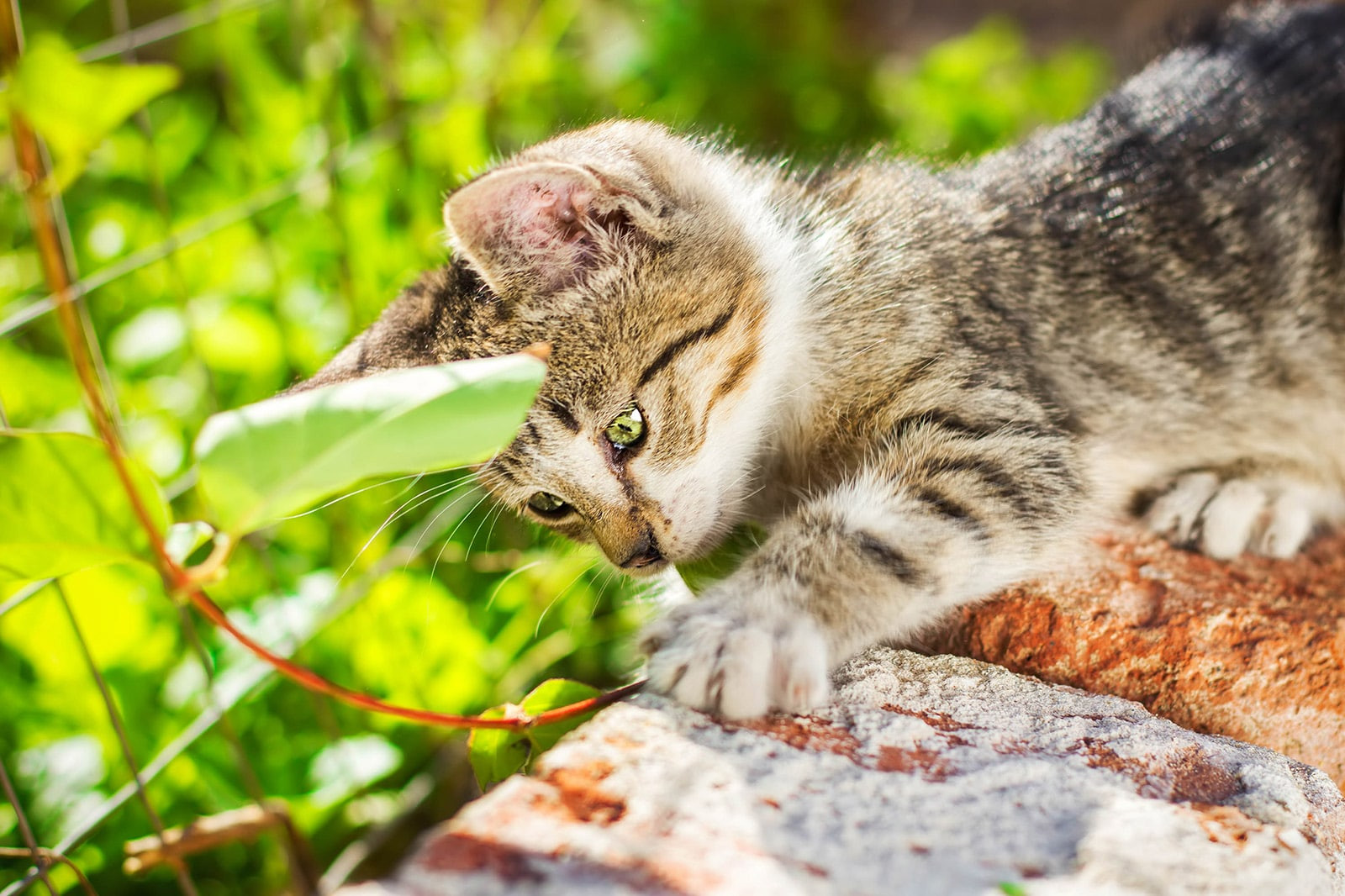Cats can be wonderful companions, but when your garden becomes their personal litter box, it’s a problem. If you’re tired of finding unwelcome deposits amongst your prized plants, you’re not alone. Many gardeners face the challenge of keeping neighborhood cats out of their gardens without resorting to harmful methods. Fortunately, there are numerous Natural Cat Repellent options that are both humane and effective in deterring feline visitors. This guide will explore the best strategies to protect your garden and maintain peace with the local cat population.
Natural Deterrents to Reclaim Your Garden from Cats
Create a Decoy Litter Area
It might seem counterintuitive, but providing an alternative toilet area can actually draw cats away from your garden beds. The idea is to offer a more appealing spot for them to do their business, diverting them from your vegetables and flowers. Choose a discreet location in your yard, away from your garden, and designate it as the “cat zone.” Fill it with soft sand or loose soil, materials cats find attractive for digging and burying. You can even enhance its appeal by sprinkling catnip around the area to initially attract them.
Does it work? For some, yes. It can successfully redirect cats to a specific area, minimizing garden intrusions. However, this method requires regular cleaning of the decoy litter box, essentially making you responsible for managing cat waste in a designated zone. Its effectiveness can also vary depending on the size of your garden and the number of cats in the vicinity. For smaller gardens, it’s worth trying as a first step in natural cat repellent.
Harness the Power of Citrus Peels
Cats possess a highly sensitive sense of smell, and they are known to dislike the strong, pungent aroma of citrus. Leverage this aversion by scattering citrus peels – lemon, orange, grapefruit, or lime – around your garden beds and vulnerable plantings. The potent citrus scent acts as a natural cat repellent, discouraging them from entering the area.
Does it work? Citrus peels are a readily available and biodegradable natural cat repellent. However, their effectiveness is temporary. As the peels decompose and dry out, they lose their scent and repelling power. Regular replacement is necessary to maintain a consistent deterrent. Furthermore, while visually unobtrusive compared to some methods, a scattering of citrus peels might not be the most aesthetically pleasing solution for a meticulously kept garden. It’s also worth noting that fruit peels can attract other types of critters to your yard.
Plant Aromatic Herbs as Natural Cat Repellents
Similar to citrus peels, strongly scented herbs can act as a natural cat repellent due to cats’ aversion to overwhelming smells. Planting fragrant herbs strategically around your garden beds or in containers near vulnerable areas can create a fragrant barrier that cats prefer to avoid.
Effective herbs for this purpose include rosemary, thyme, mint, and lavender. These not only deter cats but also offer the added benefit of enhancing your garden with beautiful foliage and delightful scents for humans. Many of these herbs are also beneficial to pollinators, attracting bees and butterflies to your garden.
Does it work? Yes, and this method offers a win-win solution. These herbs serve as both a natural cat repellent and a valuable addition to your garden. Many of these herbs are perennials in various climates, meaning they will return year after year with minimal upkeep once established, providing long-term cat deterrence and garden enrichment.
Introduce the “Scaredy Cat Plant” – Coleus Canina
Coleus canina, also known as the “scaredy cat plant” or Plectranthus caninus, is a plant specifically known for its purported cat-repelling properties. It is said to emit a scent that is unpleasant to cats, often described as skunk-like, especially when its leaves are brushed or disturbed. Planting Coleus canina around your garden is intended to create an olfactory barrier that discourages cats from entering.
 Close-up of purple Coleus canina flower
Close-up of purple Coleus canina flower
Does it work? The effectiveness of Coleus canina as a natural cat repellent is debated. Some gardeners swear by it, while others find it less reliable. If you’re seeking a plant-based solution and are willing to experiment, it’s worth trying. However, be aware that the scent, while intended to deter cats, might also be considered unpleasant by some humans and potentially dogs as well. Consider its placement carefully, avoiding areas where you frequently spend time.
Utilize Natural Obstacles like Pine Cones and Branches
Cats prefer soft, even surfaces for their bathroom breaks. Disrupt this preference by making the ground less appealing to walk on and dig in. Natural obstacles like pine cones, branches, and even prickly leaves scattered around your garden beds can serve as effective natural cat repellent by creating an uncomfortable surface for cats to traverse and dig.
Does it work? Yes, this is a simple and natural method that can be quite effective. If you have access to these materials, they provide a dual benefit. They act as a natural cat repellent and also function as a garden mulch, helping to retain soil moisture and suppress weeds. Repurposing natural materials like fallen pine cones or pruned branches makes this an environmentally friendly and cost-effective solution.
Employ Rough Ground Cover or Plastic Fencing
Similar to natural obstacles, creating a rough or uneven ground surface can deter cats. They prefer firm, smooth surfaces for their litter box activities, so disrupting this preference can encourage them to seek alternative locations. Materials like gravel, pebbles, or even plastic fencing laid flat on the soil surface can make your garden beds less attractive to cats.
Plastic fencing or chicken wire, when laid flat, creates a mesh-like surface that cats find uncomfortable under their paws. They also tend to avoid gravel and stony areas. For a more decorative approach, consider using pea gravel or larger stones as a border around your garden beds, creating a less inviting “moat” for cats. Alternatively, incorporating decorative elements like ceramic shards or seashells into the soil surface can also make it less appealing for digging.
Does it work? Yes, this method offers a long-term solution. Plants can grow through the mesh of plastic fencing, and gravel or stone borders are durable and require minimal maintenance. This approach is a practical and relatively permanent way to create a natural cat repellent barrier in your garden.
Additional Cat Deterrent Options to Consider
Commercial Natural Cat Repellent Sprays
For a ready-made solution, consider using commercial natural cat repellent sprays. Many products utilize essential oils and plant-based ingredients that are offensive to cats but safe for plants and humans when used as directed. Look for sprays containing ingredients like cinnamon oil, thyme oil, or citrus oils, known for their cat-repelling properties.
Does it work? These sprays can be effective, but their longevity is often limited, especially outdoors. Rain and wind can diminish their effectiveness, requiring frequent reapplication, particularly after wet weather or watering. Sprinklers will also wash away these sprays. Consider these sprays as a supplemental natural cat repellent method, best used in conjunction with other strategies.
Ultrasonic Cat Repellent Devices
Ultrasonic repellents are devices that emit high-frequency sounds, inaudible to humans but unpleasant to cats, designed to deter them from entering a specific area. These devices often incorporate motion sensors, activating when a cat (or other animal) is detected nearby. Some models also include flashing lights to further startle and repel animals.
Does it work? Ultrasonic repellents can be effective for some cats, but their success can vary. Some cats may be unfazed by the ultrasonic sounds, especially if they are highly motivated to enter your garden. The effectiveness can also depend on the quality and placement of the device. Solar-powered options offer convenient placement without the need for wiring, but consider that you might need multiple units for larger gardens to create comprehensive coverage as a natural cat repellent.
Motion-Activated Sprinklers
Cats generally dislike water, and motion-activated sprinklers exploit this aversion. These devices use motion sensor technology to detect movement in their vicinity. When a cat (or any moving object) enters the detection range, the sprinkler activates, delivering a short burst of water. This sudden, unexpected spray of water startles and deters cats from the area.
Does it work? Motion-activated sprinklers are often quite effective as a natural cat repellent. The surprise of the water spray is generally unpleasant enough to discourage cats from returning to the area. However, some cats may be bolder than others and learn to avoid the sprinkler’s range or tolerate the brief spray. Another consideration is that these sprinklers are indiscriminate and will spray anything that triggers the motion sensor, including humans and other animals. Remember to deactivate them when you are working in the garden to avoid unexpected showers.
Methods to Avoid: Harmful and Ineffective Cat Deterrents
It’s crucial to choose humane and safe methods for natural cat repellent. Some commonly suggested deterrents are either ineffective or potentially harmful to cats, other animals, and even your garden. Avoid these methods:
Mothballs and Coffee Grounds: Toxic and Inappropriate
Mothballs and coffee grounds are sometimes touted as natural cat repellent options, but they should be avoided entirely.
Mothballs contain pesticides and are toxic to animals, insects, and humans. They should never be used outdoors where they can leach into the soil and pose a danger to wildlife and pets.
Coffee grounds, while sometimes beneficial in compost, contain caffeine, which is toxic to both cats and dogs. While a small amount might not be fatal, ingestion of coffee grounds can cause caffeine toxicity in pets. It’s not worth the risk, especially when safer and more effective natural cat repellent options exist.
Plastic Forks, Scat Mats, and Spikes: Unsightly and Often Ineffective
DIY solutions like sticking plastic forks into the ground and commercial products like scat mats and spikes are also not recommended for natural cat repellent.
Plastic forks are visually unappealing and environmentally unfriendly, contributing to plastic waste. They are also unlikely to be effective in deterring determined cats.
Scat mats and spikes, designed to create uncomfortable surfaces, are unsightly in a garden setting. They also offer limited planting space and may not deter all cats, especially bolder individuals. There are more aesthetically pleasing and equally effective natural cat repellent methods available.
 Kitten pawing at a brick wall in a garden
Kitten pawing at a brick wall in a garden
Conclusion: Creating a Cat-Free Garden the Natural Way
The most effective and humane approach to natural cat repellent is to make your garden as uninviting as possible for cats. Focus on creating physical barriers and utilizing scents and textures that cats dislike. Combining several of these natural cat repellent methods will likely yield the best results. For example, using coarse mulch, laying down plastic fencing, and planting cat-repelling herbs can create a multi-layered defense.
By implementing these strategies, you can humanely deter cats from using your garden as a litter box, allowing you to enjoy your outdoor space and protect your plants without harming the feline visitors. You can spend more time enjoying your garden and less time cleaning up after unwanted guests.

